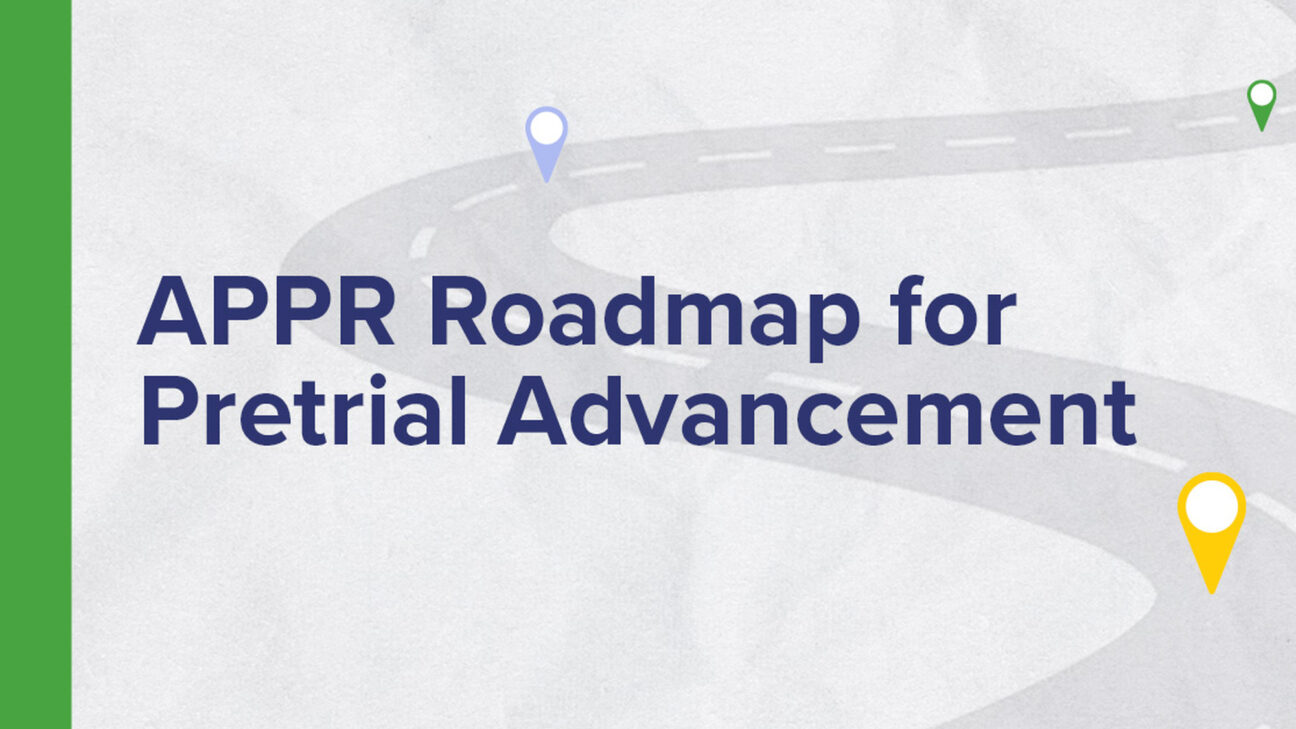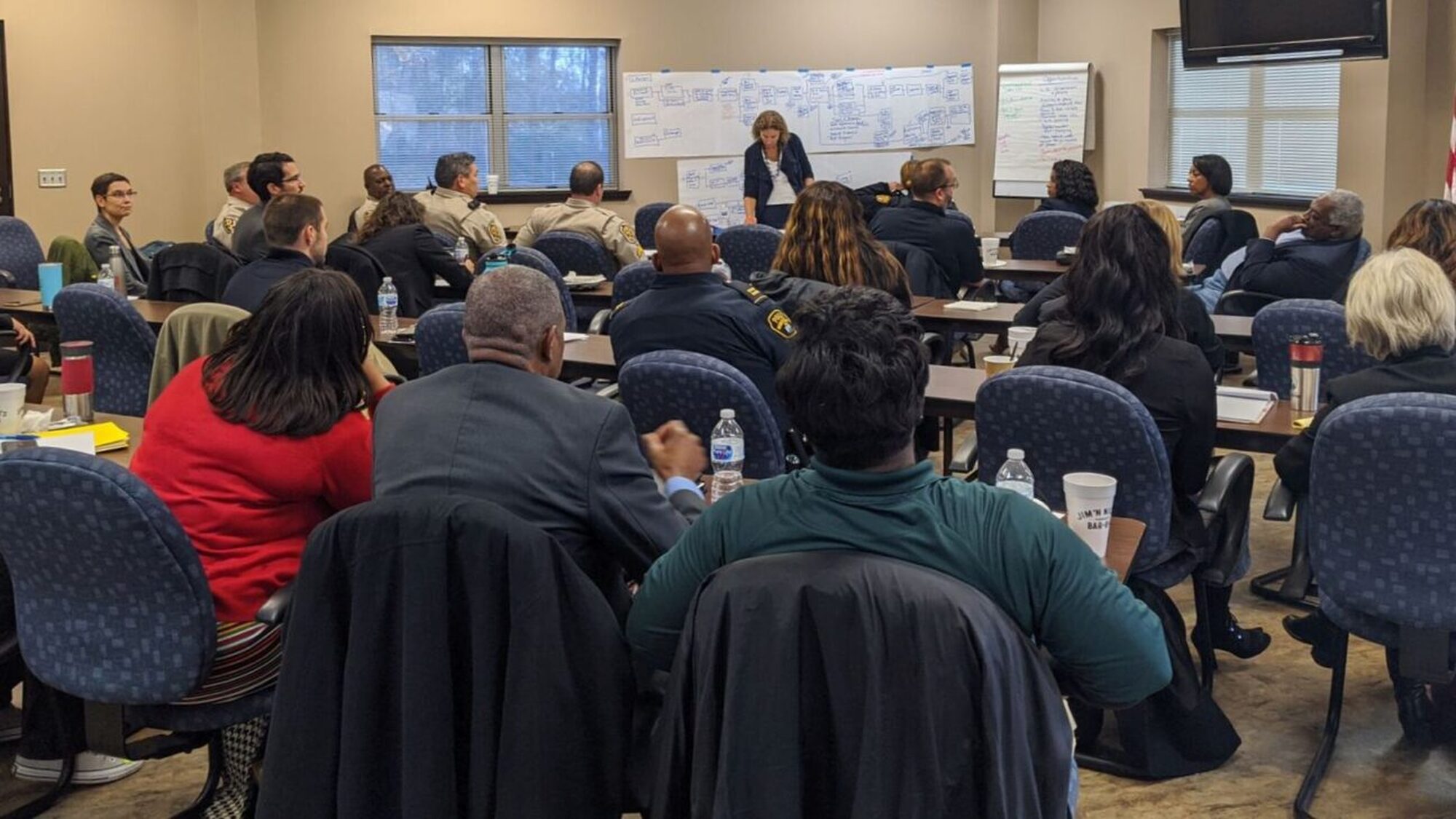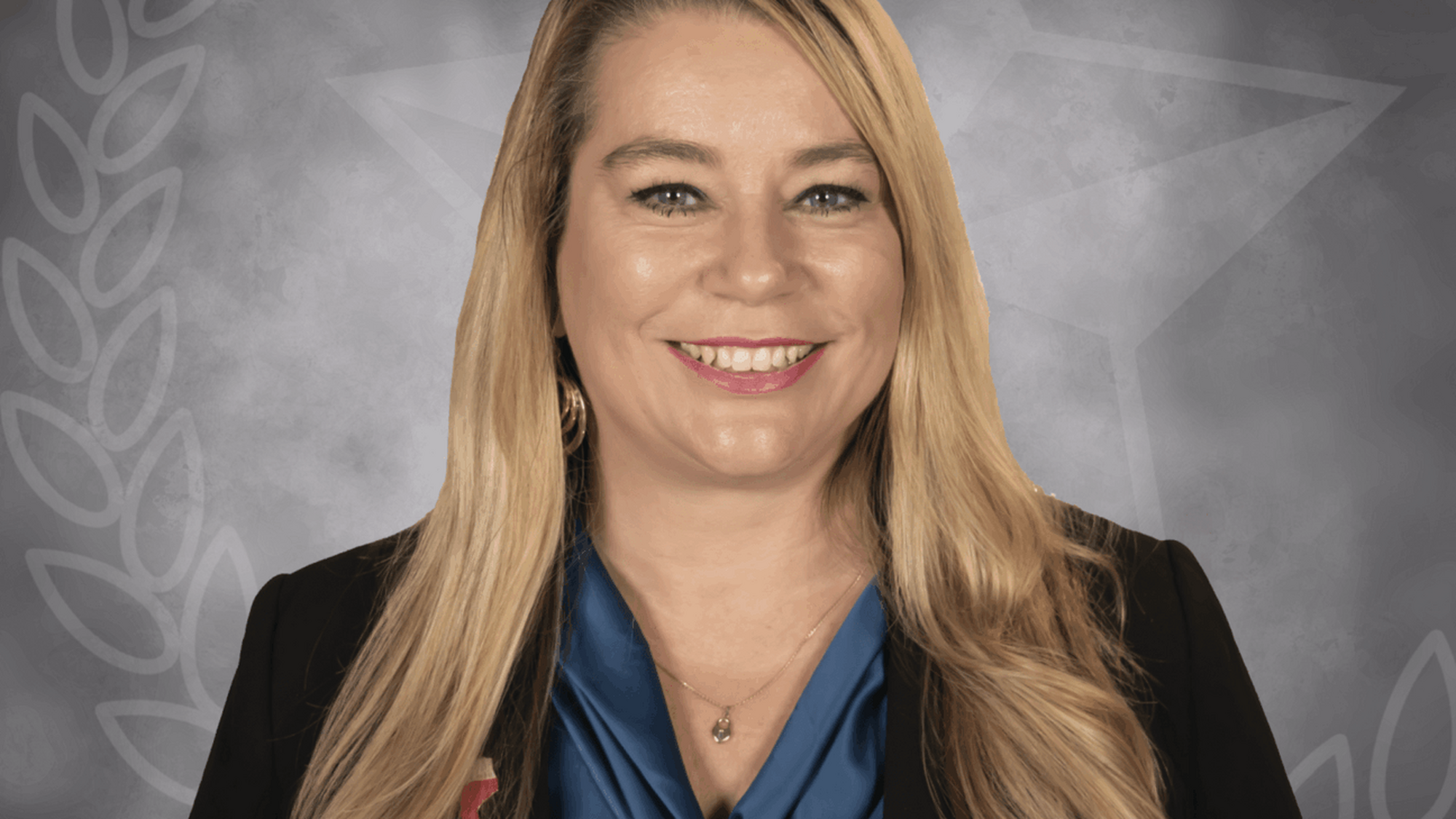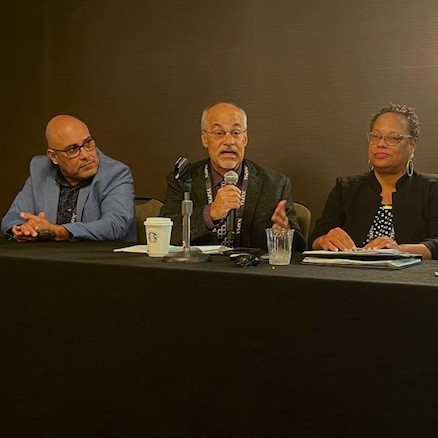We all have a stake in effective, results-oriented pretrial justice that enhances community safety and well-being. American legal principles and a growing body of research have identified pretrial practices that contribute to these results. But most systems rely on outdated procedures—like money bond. Here’s how the status quo stacks up against professional best practices.
Download the fact sheet by clicking the button to the right.
Arrest Practices
Status Quo
Custodial arrest is often used for minor offenses and neighborhood nuisance issues, taking law enforcement officers out of the community and resulting in unnecessary detention of people who don’t pose a community safety risk.
Best Practice
Law enforcement issues citations and summonses for low-level offenses when people pose little risk, keeping officers in the community and reducing detention’s harmful impacts. Officers have clear policies to get people services to address the needs that contributed to their contact in the first place.
Learn about using citations and summonses
First Appearance Hearings
Status Quo
Judges make decisions that impact a person’s liberty and community safety in a few minutes (if that), and people whose liberty is at stake may not be represented by defense counsel. Judicial decisions and the reasons for them are not on the record.
Best Practice
People are represented by counsel, defense and prosecutor are prepared to provide the information judges need to make sound decisions, and victims have a right to be heard. Judges provide a rationale for decisions, which may be appealed.
Learn about First Appearance Hearings
Detention Decisions
Status Quo
Judges do not directly decide whether someone is detained, but instead use financial conditions, often called money bond, across the board. This results in people being jailed because they are poor, even if they don’t pose a danger to the community or a risk of flight. At the same time, people who do pose a risk can pay to get out.
Best Practice
Judges order people to be detained before trial only when state law allows and a prosecutor demonstrates that no conditions can reasonably assure community safety and prevent flight. People have legal counsel, can present evidence, and can appeal the judge’s decision.
Learn about Detention Decisions
Setting Release Conditions
Status Quo
Judges set release conditions that are not individualized or effective at helping people succeed, often defaulting to money bond for nearly everyone. Overly burdensome conditions make it harder for people to meet work, school, and family responsibilities, and Pretrial Services focus on monitoring compliance rather than supporting people’s success.
Best Practice
Release conditions are individualized, the least restrictive necessary, and help people succeed pretrial. Supportive services are voluntary and address the challenges people face returning to court, like transportation and childcare needs. Services might be as simple as text or phone reminders of court dates and referrals to community-based services.
Learn about Setting Release Conditions
Case Processing
Status Quo
Lengthy pretrial periods increase people’s challenges with attending court and complying with numerous and restrictive release conditions. They can also cause problems securing witnesses, supporting victims, and maintaining adequate counsel.
Best Practice
Timely case processing upholds constitutional due process rights and supports the effective and efficient administration of justice. Collaborative pretrial systems adopt best practices and require attorneys to be prepared to proceed at court appearances.
Monitor Pretrial Outcomes
Status Quo
Pretrial systems do not collect or analyze data, including how many people are released, attend court, and remain law-abiding. They don’t know who is in jail pretrial, their charges, or demographics. Anecdotes influence policy and practices.
Best Practice
Pretrial systems collect and analyze data. They have a complete picture of their system’s strengths and identify opportunities for improvement. They report pretrial outcomes and jail population data to policymakers and their communities.








